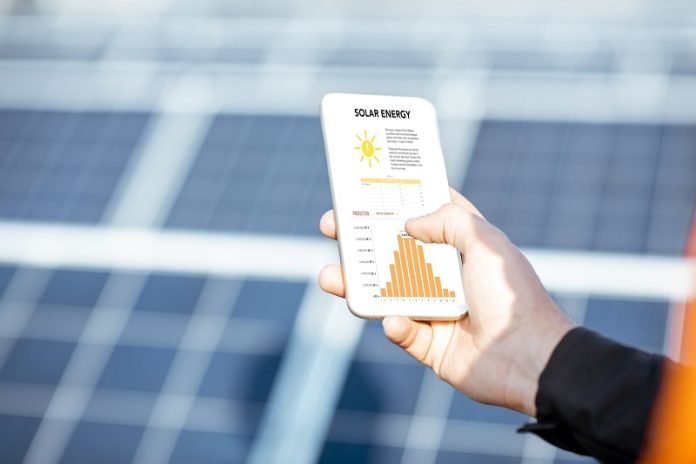
Picture this: Using the sun’s heat and some rocks, we could potentially power our homes and dry our food.
Sounds like science fiction, right? Well, it’s not!
A team of scientists has discovered that certain rocks from Tanzania, like soapstone and granite, can store heat from the sun quite well, which can be used later for different purposes.
This idea is part of a new method called concentrated solar power.
Usually, we store energy in big batteries for use when we need it, but batteries can be expensive and require a lot of materials to build. That’s why scientists are looking at an alternative method known as thermal energy storage (TES). In TES, energy is stored as heat in a liquid or solid, like water, oil, or even rocks. When we need energy, we just release the stored heat, which can then be used to generate electricity.
The cool thing about rocks like granite and soapstone is that they’re created under high heat and can be found worldwide. This makes them potentially ideal materials for TES. But not all rocks are the same. Depending on where they’re formed, some might be better suited for this purpose than others.
In Tanzania, two geological belts named the Craton and Usagaran cross paths, and both of them contain granite and soapstone. Scientists Lilian Deusdedit Kakoko, Yusufu Abeid Chande Jande, and Thomas Kivevele wanted to check out the properties of these specific rocks.
The scientists collected several samples and analyzed them. The granite samples contained lots of silicon oxides, making them strong. But some granite had other compounds that could make it unstable at high temperatures. Soapstone samples, on the other hand, contained a mineral called magnesite, which gave it high density and thermal capacity, perfect for storing heat.
When heated to temperatures over 1800 degrees Fahrenheit, both soapstone samples and one type of granite stayed solid, while the other type of granite fell apart.
The soapstone was also better at releasing its stored heat. In the end, soapstone from the Craton belt turned out to be the best for TES. However, the other rocks could still be useful for lower-energy applications, like a solar dryers.
Even though more tests are needed, these rocks show great promise as a sustainable way to store energy. It’s like a superpower combo of the sun and rocks saving the day!



